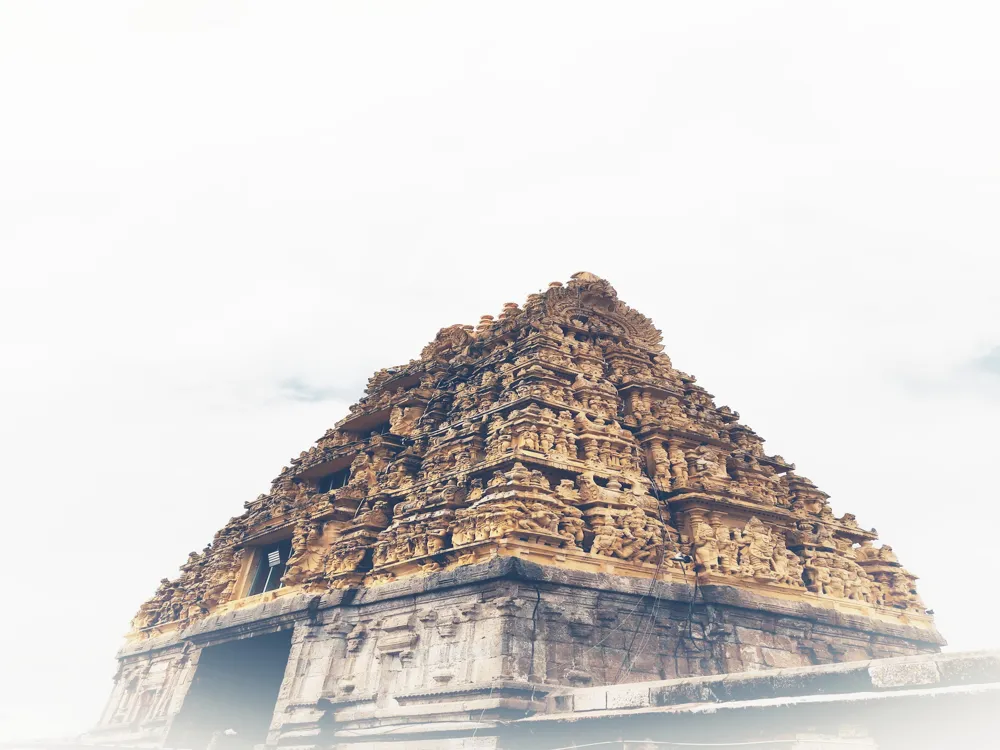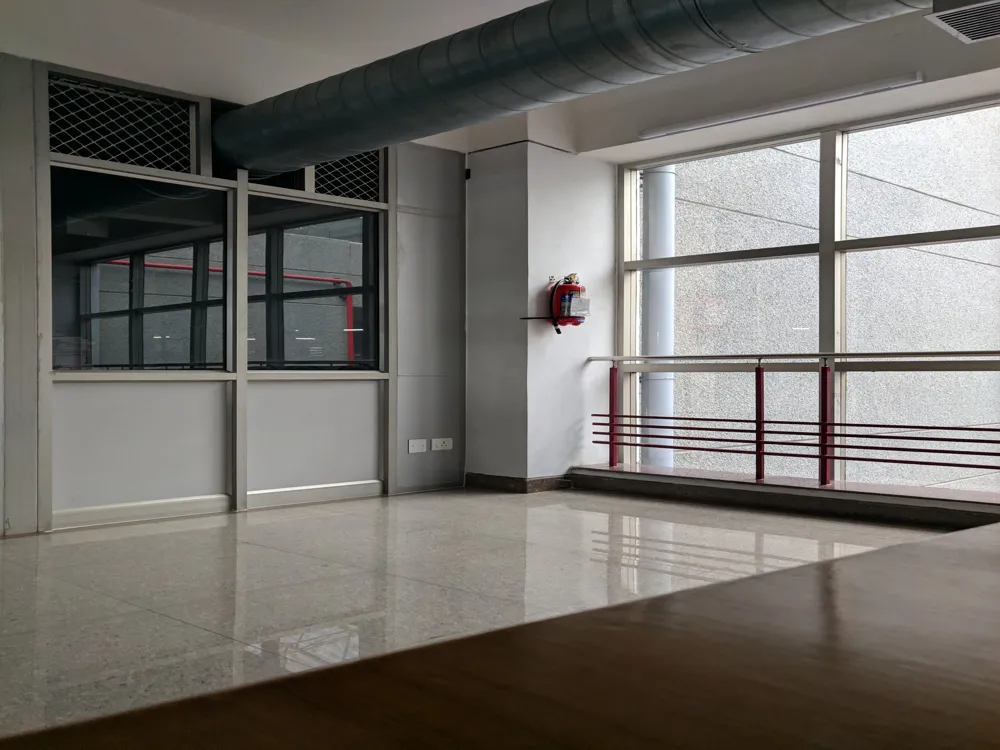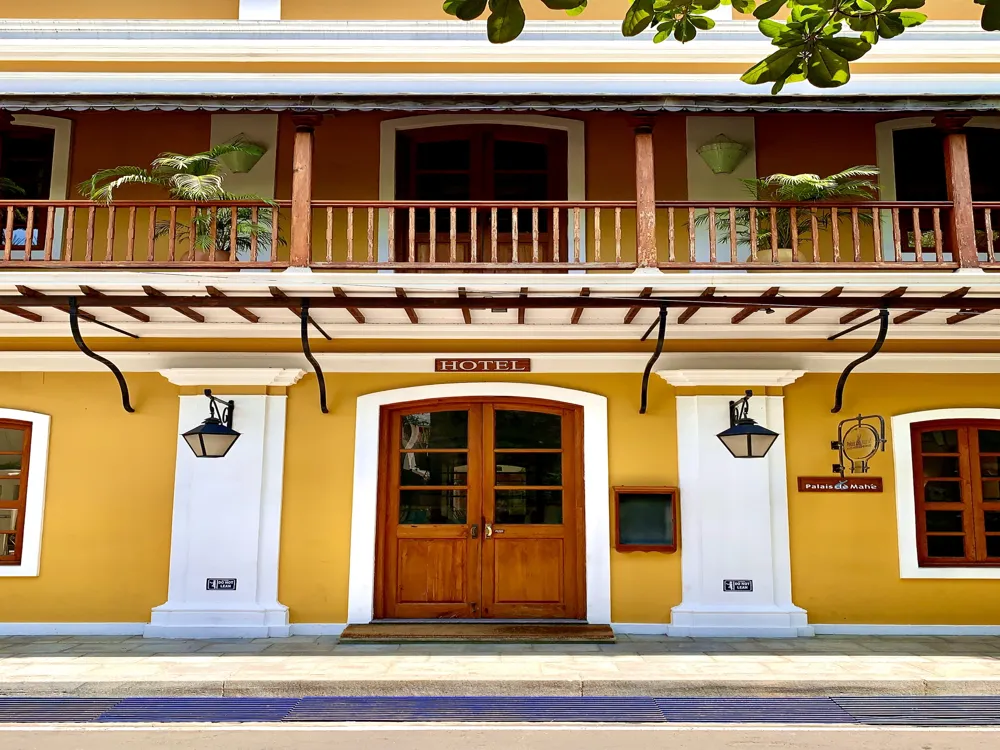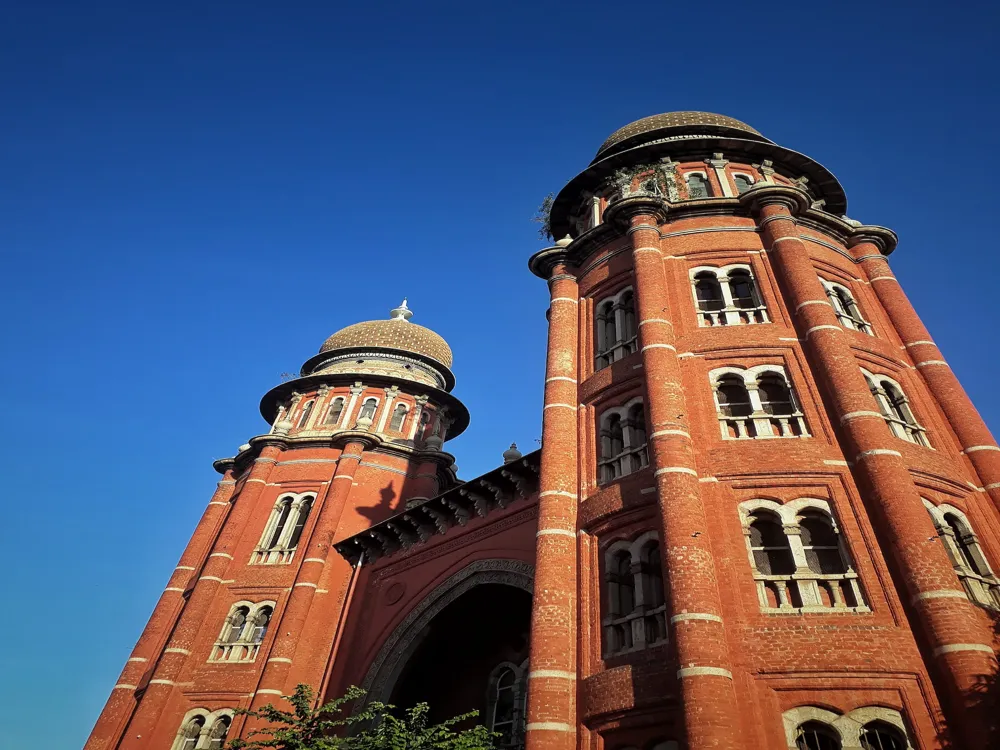Chittoor, a picturesque city in Andhra Pradesh, is steeped in a rich tapestry of history and culture. Located in the Poini River Valley, it is surrounded by lush greenery and rolling hills, offering a serene and captivating environment. Chittoor's history dates back to the early centuries, marked by various dynasties like the Chola, Pallava, and Vijayanagara empires, each leaving an indelible imprint on the city's cultural and architectural landscape. The city today is a harmonious blend of ancient traditions and modern developments, making it a unique destination for travelers. Chittoor's historical significance is evident in its ancient temples and forts. The city's legacy as a center of Hindu culture and religion is reflected in its numerous temples, each narrating a story of the past. The Vijayanagara Empire's influence is prominently visible in the architectural styles of these temples, characterized by intricate carvings and expansive courtyards. Besides religious significance, Chittoor also played a pivotal role in regional politics, evident from the remnants of forts that stand as sentinels of history. The culture of Chittoor is a beautiful amalgamation of various traditions and practices. The city celebrates a plethora of festivals with great fervor, showcasing its diverse cultural heritage. The local cuisine, influenced by the various dynasties and neighboring regions, offers a unique and mouth-watering experience to food enthusiasts. Art and music are integral parts of Chittoor's culture, with classical dances and music performances being a common sight during festivals. Chittoor is not just about history and culture; it is also blessed with stunning natural beauty. The city is surrounded by several hills and waterfalls, providing a perfect escape for nature lovers. The Horsley Hills, a famous hill station nearby, offers a panoramic view of the lush greenery and diverse wildlife. The city's proximity to the Poini River also adds to its scenic charm, making it an ideal spot for picnics and leisurely strolls. The architecture of Chittoor is a testament to its rich historical and cultural heritage. The city's architectural landscape is dominated by ancient temples, forts, and palaces, each reflecting the artistic and engineering prowess of the past. The influence of various dynasties like the Chola, Pallava, and Vijayanagara is evident in the architectural styles, which range from Dravidian to Vijayanagara architecture. These structures are not just places of worship or historical sites; they are artistic masterpieces that narrate the story of Chittoor's glorious past. Temples in Chittoor are renowned for their architectural beauty and intricate designs. The Dravidian style of architecture is predominant, characterized by towering gopurams (temple towers), detailed carvings, and expansive courtyards. These temples are not just spiritual centers but also serve as cultural hubs, hosting various religious and cultural events. The craftsmanship displayed in the sculptures and carvings of deities, mythical creatures, and epic scenes is a remarkable feature of these temples. The forts and palaces in Chittoor are a reflection of the city's historical importance and the legacy of its rulers. These structures, built primarily for defense and administration, are now important tourist attractions. The design of these forts demonstrates the advanced engineering skills of the past, with features like moats, watchtowers, and intricate defense mechanisms. The palaces, on the other hand, are examples of luxury and opulence, with detailed artwork and lavish interiors. In recent years, Chittoor has witnessed modern architectural developments, blending seamlessly with its ancient heritage. This mix of old and new adds a unique character to the city, making it a fascinating destination for architecture enthusiasts. The city's infrastructure development, while modern in its approach, is mindful of preserving the historical and cultural essence of Chittoor. The ideal time to visit Chittoor is between October and March when the weather is pleasant, making it conducive for sightseeing and exploration. The summers can be quite hot, and the monsoon, though beautiful, might hinder outdoor activities. Chittoor is well-connected by road and rail. Local transportation options include buses, taxis, and auto-rickshaws. For a more authentic experience, cycle-rickshaws are also available in certain parts of the city. Chittoor offers a range of accommodation options, from budget stays to luxury hotels. It is advisable to book in advance, especially during festival seasons when the city attracts a large number of tourists. When visiting temples and religious sites, it is important to dress modestly and respect local customs and traditions. Removing shoes before entering temples and avoiding photography in restricted areas are common practices. Chittoor is accessible by various modes of transportation, making it easy for travelers to reach this beautiful city. The nearest airport is in Tirupati, which is well connected to major cities in India. From there, Chittoor can be reached by road or rail. The city's railway station is a major junction, connecting it to different parts of the country. Road connectivity is also excellent, with national and state highways passing through Chittoor, making it convenient for those traveling by car or bus.Overview of Chittoor, Andhra Pradesh
Historical Significance
Cultural Diversity
Natural Beauty
Architecture of Chittoor
Temple Architecture
Forts and Palaces
Modern Developments
Tips When Visiting Chittoor
Best Time to Visit
Local Transportation
Accommodation
Cultural Etiquette
How To Reach Chittoor
Kailasakona Waterfalls
Chittoor
Andhra Pradesh
NaN onwards
View chittoor Packages
Weather :
Label : Must Visit
Tags : Waterfall
Time Required : 1 - 2 Hours
Height : Around 40 Feet
Best Time to Visit : October to February
Swimming : Not Permitted
Planning a Trip? Ask Your Question
Also Refered As:
talakona waterfalls
Chittoor Travel Packages
View All Packages For Chittoor
Top Hotel Collections for Chittoor

Private Pool

Luxury Hotels

5-Star Hotels

Pet Friendly
Top Hotels Near Chittoor
Other Top Ranking Places In Chittoor
View All Places To Visit In chittoor
View chittoor Packages
Weather :
Label : Must Visit
Tags : Waterfall
Time Required : 1 - 2 Hours
Height : Around 40 Feet
Best Time to Visit : October to February
Swimming : Not Permitted
Planning a Trip? Ask Your Question
Also Refered As:
talakona waterfalls
Chittoor Travel Packages
View All Packages For Chittoor
Top Hotel Collections for Chittoor

Private Pool

Luxury Hotels

5-Star Hotels

Pet Friendly






















